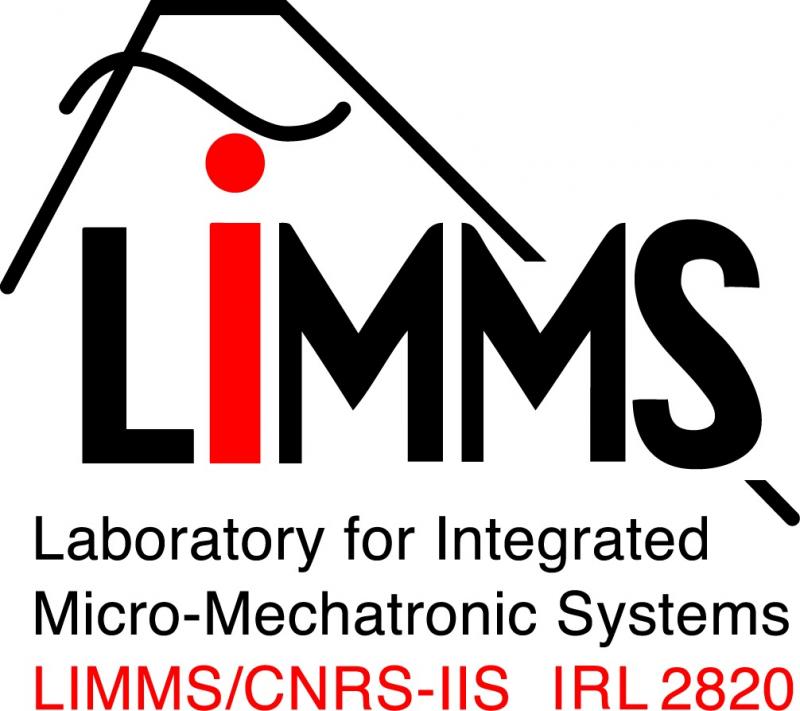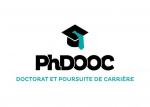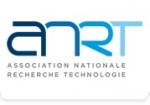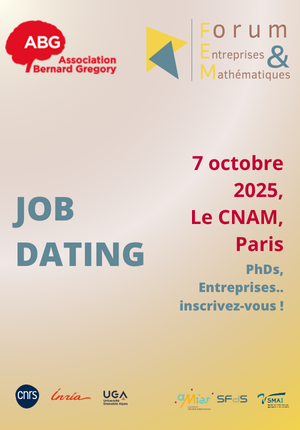PD fellowship of the JSPS on the project : Development of Novel Light–Matter Coupled Systems in the Ultrastrong Coupling Regime Using Semiconductor Nanostructures
| ABG-133127 | Emploi | Junior |
| 08/08/2025 | Autre type de contrat | < 25 K€ brut annuel |

- Electronique
Employeur
LIMMS/CNRS-IIS IRL 2820 (Laboratory for Integrated Micro Mechatronic Systems) is an international laboratory between the French CNRS (Centre National de la Recherche Scientifique) and Institute of Industrial Science (IIS), The University of Tokyo, located in Komaba, Tokyo. Since its creation in 1995, LIMMS has welcomed more than 380 researchers from France and Europe.
LIMMS opens a new postdoctoral position in the laboratory of Associate Professor (Kazuyuki KUROYAMA, web: https://www.qnel.iis.u-tokyo.ac.jp/en/), Institute of Industrial Science, the University of Tokyo.
Site web :
Poste et missions
The principal investigator and his colleagues at the Institute of Industrial Science (IIS), the University of Tokyo, are conducting research on novel light–matter coupled systems realized in integrated semiconductor quantum nanostructure–terahertz optical resonator platforms. In recent years, there has been considerable interest in controlling the properties of matter by harnessing remarkably strong interactions between electromagnetic waves and matter. In particular, within the framework of cavity quantum electrodynamics (cavity QED), the use of optical cavities with extremely small mode volumes and collective excitations in matter has enabled access to the ultrastrong coupling regime, where the interaction strength between a single photon and matter becomes comparable to the photon energy itself. In this unconventional regime, even in the absence of external excitation, virtual light–matter excitations can give rise to novel physical phenomena and exotic condensed matter phases (cavity quantum material), as predicted by theory. However, experimental demonstrations remain scarce, and further investigations are highly desired.
To explore phenomena induced by virtual excitations, the ability to control the light–matter coupling strength is a key requirement. From this perspective, we have recently realized unconventional light–matter systems in which the coupling strength can be electrically controlled. These systems are based on our integrated semiconductor quantum nanostructure–terahertz resonator platforms. We have successfully observed light–matter coupling by measuring the photocurrent through the nanostructures under terahertz radiation. However, the underlying mechanism behind the controllability of the coupling strength has not been understood very clearly.
In this project, we aim to elucidate this mechanism by systematically varying the design of the integrated samples. Furthermore, we seek to maximize both the coupling strength and its controllability and explore exotic condensed matter phases using this light-matter system. To conduct the experiments, (1) the fabrication of terahertz antennas-nanostructure integrated devices on GaAs-based heterostructure wafer and (2) the development of controlling method of the light-matter system. The prospective postdoctoral researcher is expected to join and pursue this project.
The laboratory is well equipped with nanofabrication apparatus and low temperature-terahertz measurement setups. The project will be conducted in collaboration with the semiconductor research groups at IIS in the University of Tokyo and another CNRS lab.
Fellowship periods and periods for arrival in Japan: Two years starting between April 1st and September 30, 2026
Rewards: Paid equivalent to the JSPS Post-Doctoral position
1. Airfare: A round-trip air ticket (based on JSPS’s regulations)
2. Maintenance Allowance: 362,000 JPY per month
3. Miscellaneous: A setting-in allowance of 200,000 JPY, Overseas travel insurance, etc.
Mobilité géographique :
Télétravail :
Prise de fonction :
Profil
Skills:
Candidates are expected to have a background of solid states physics and/or device physics and have interests in nanotechnologies/nano-sciences. Skills on nanofabrication using lithography technique and small signal measurements will be helpful. A challenging spirit would help a lot for tackling this interdisciplinary and cutting-edge research area.
Objectifs
Goals:
The prospective postdoctoral researcher should possess a solid understanding of light–matter systems in the ultrastrong coupling regime and acquire the necessary experimental skills, including sample fabrication as well as electrical and terahertz characterization techniques. Building on this foundation, the researcher is expected to carry out a systematic investigation of how the coupling strength and its controllability depend on the structural parameters, with the goal of optimizing device architectures. This effort will pave the way for exploring quantum phase transitions in the ultrastrong coupling regime. Furthermore, by introducing terahertz pulse sources, the coupling strength can be even dynamically modulated. Such time-dependent control techniques may open new possibilities for manipulating matter via vacuum cavities.
Vous avez déjà un compte ?
Nouvel utilisateur ?
Vous souhaitez recevoir nos infolettres ?
Découvrez nos adhérents
 PhDOOC
PhDOOC  Laboratoire National de Métrologie et d'Essais - LNE
Laboratoire National de Métrologie et d'Essais - LNE  ANRT
ANRT  TotalEnergies
TotalEnergies  Aérocentre, Pôle d'excellence régional
Aérocentre, Pôle d'excellence régional  MabDesign
MabDesign  Ifremer
Ifremer  MabDesign
MabDesign  Groupe AFNOR - Association française de normalisation
Groupe AFNOR - Association française de normalisation  CASDEN
CASDEN  ADEME
ADEME  Généthon
Généthon  ASNR - Autorité de sûreté nucléaire et de radioprotection - Siège
ASNR - Autorité de sûreté nucléaire et de radioprotection - Siège  Tecknowmetrix
Tecknowmetrix  CESI
CESI  Institut Sup'biotech de Paris
Institut Sup'biotech de Paris  Nokia Bell Labs France
Nokia Bell Labs France  SUEZ
SUEZ  ONERA - The French Aerospace Lab
ONERA - The French Aerospace Lab


